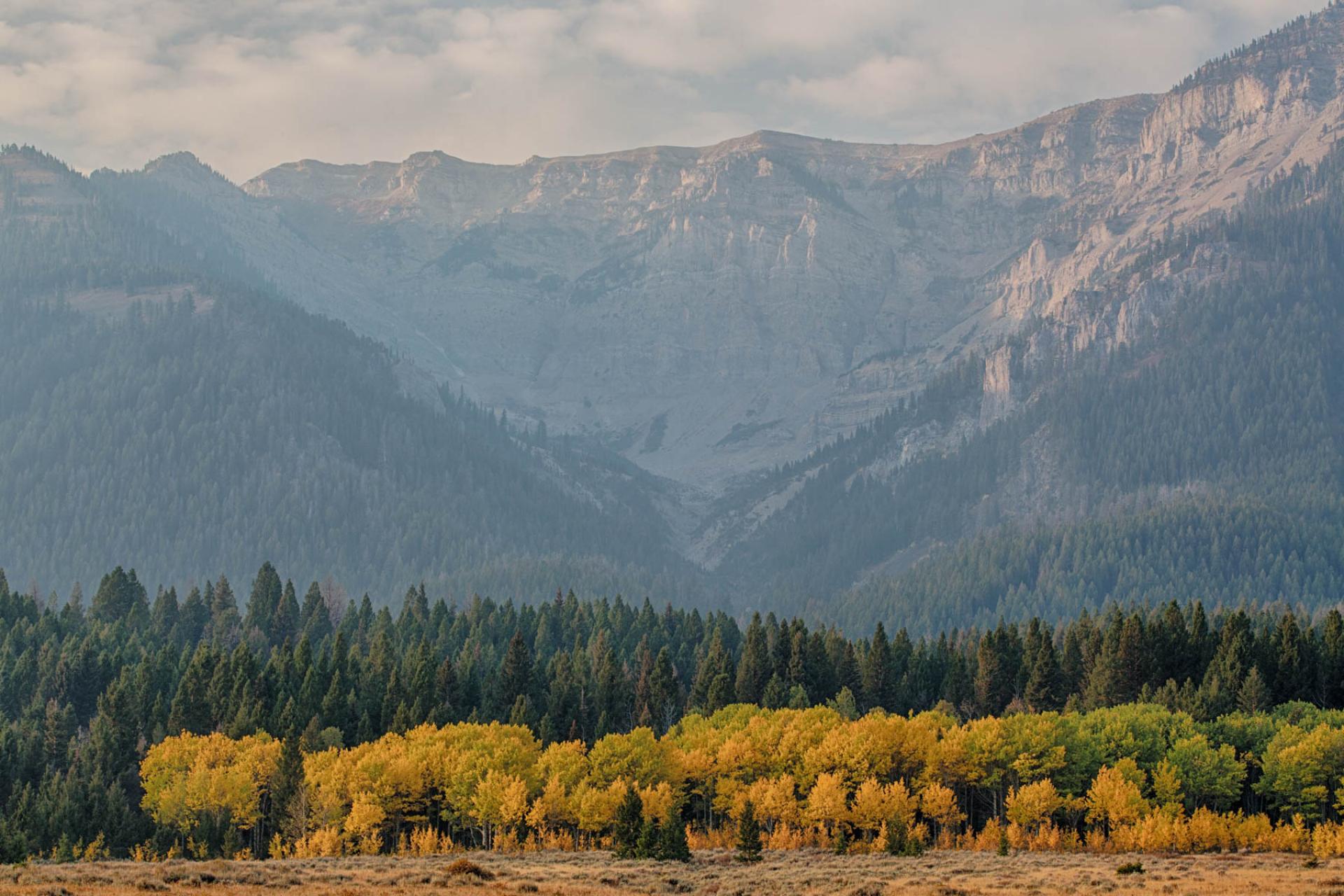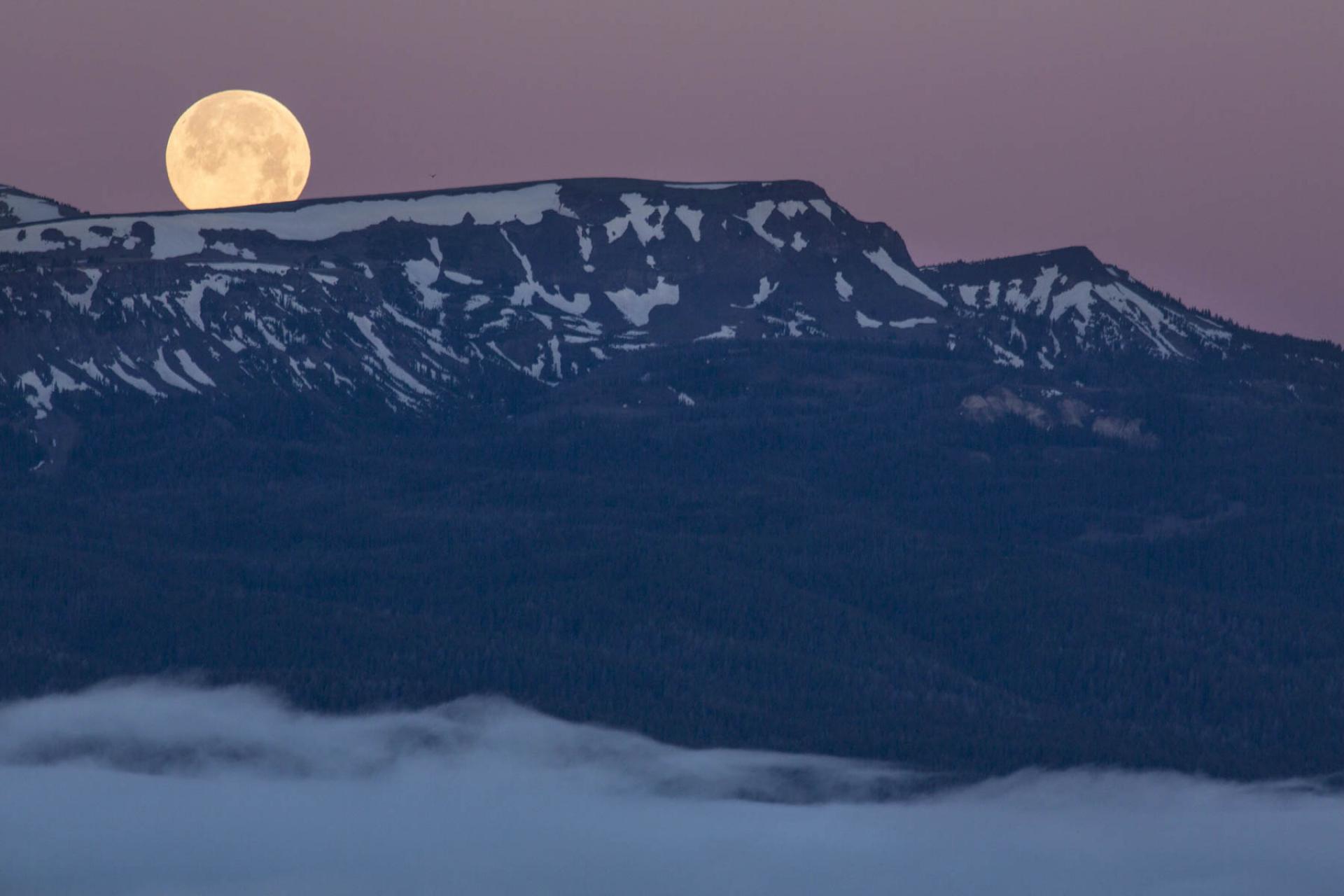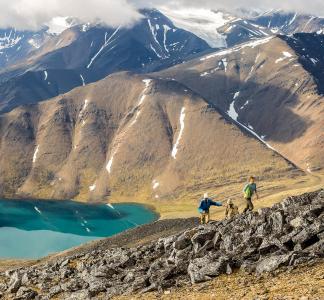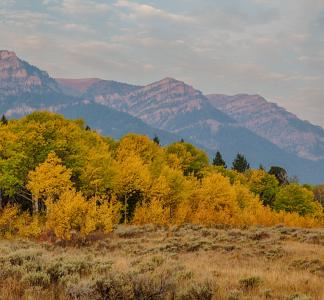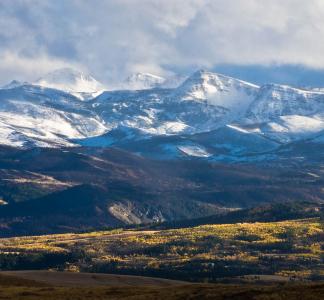Bob Wick, BLM
Defending Montana’s wilderness study areas
In Montana, public lands called “wilderness study areas” could lose their protections despite the fact that they contain natural splendor on par with our national parks.
Under some proposals in Congress, hundreds of thousands of acres of wilderness study areas could be opened to mining and destructive forms of recreation without public input. These proposals would represent the biggest rollback of public lands protection in the history of Montana, imperiling our best backcountry wildlands and the homes of threatened wildlife.
We are working to stop bad proposals from being enacted, elevate key science on the importance of wilderness study areas and give these places the permanent protection they deserve.
Montana’s wilderness study areas are among America’s truly exceptional places, containing solitude, clear night skies and habitat for wildlife like grizzlies and mountain lions. “Wilderness study areas” are lands identified as good candidates for future wilderness protection, a status reserved only for the most pristine and intact public lands.
The threat
Pro-development politicians in Montana and the U.S. Congress are pushing to strip protections from hundreds of thousands of acres of wildlands in Montana. Their agenda aims to open wildlands to mining and drilling without public input.
The lands they have targeted include “wilderness study areas,” lands that have been identified as good candidates for future wilderness protection. In the meantime, these lands, ranging from the grasslands of Bitter Creek in the northeast, to the Centennial Mountains butting up against the Continental Divide in the southwest, are managed by the U.S. Forest Service and Bureau of Land Management to maintain their existing wild characteristics.
Research has found that Montana’s wilderness study areas boast solitude, abundant wildlife and stretches of unsullied land that make them as valuable as many iconic national parks or full wilderness areas. Opening them up for development would hurt some of the wildest lands in the U.S.
What we're doing
-
Bringing research to the table
We conduct scientific research on the conservation value of Montana’s wilderness study areas. Past findings have shown Montana wilderness study areas targeted for reduced protection are comparable to nationally significant national parks and wilderness areas in terms of intactness, wildlife populations and other factors. In some cases they are more valuable from a conservation standpoint.
-
Fighting dangerous policy proposals
Informed by rigorous research, we reject policy proposals that would withdraw or reduce protection for Montana wilderness study areas.
-
Protect new wilderness areas
In addition to preventing attacks on wilderness study areas, we're working to ensure they are permanently protected from industrial development and harmful activities.
